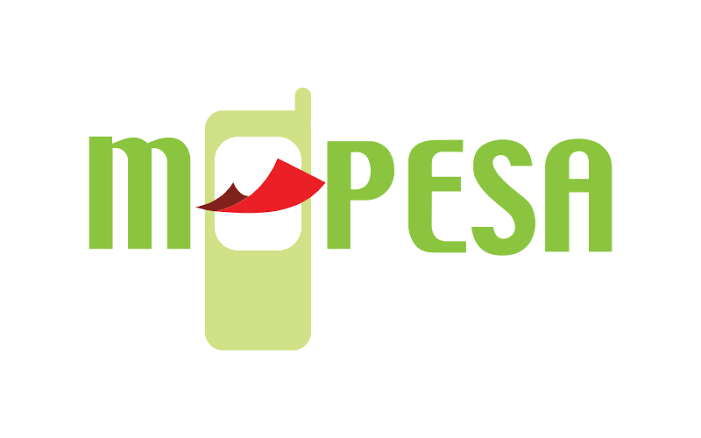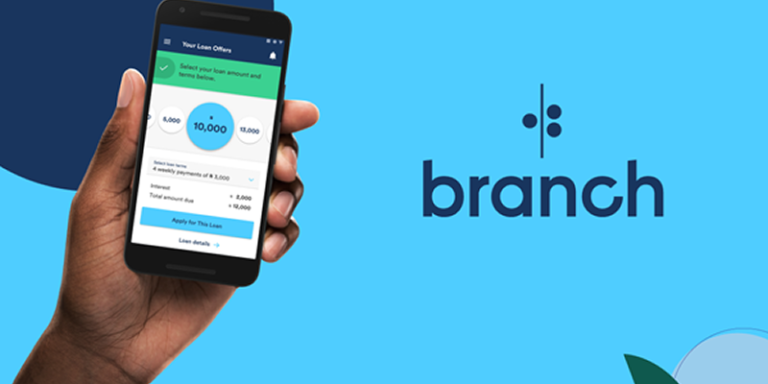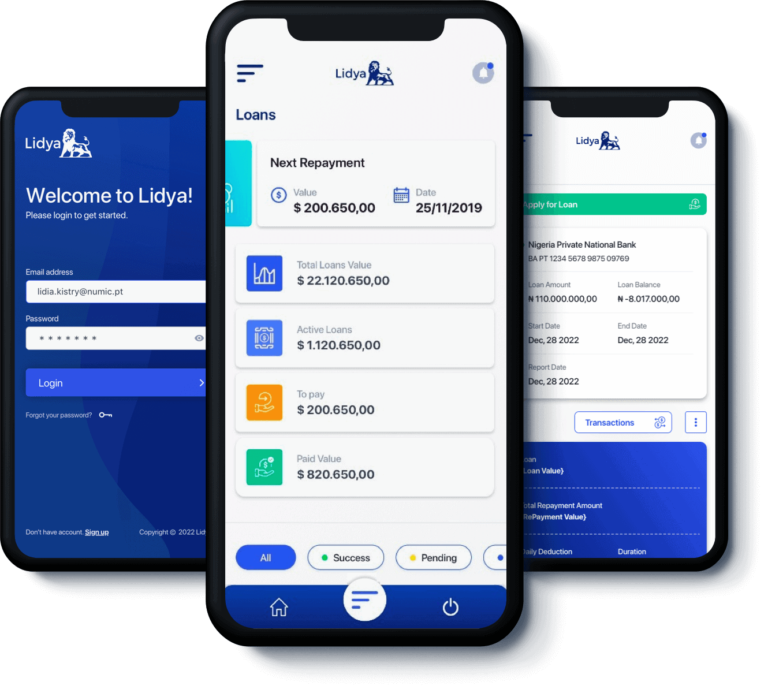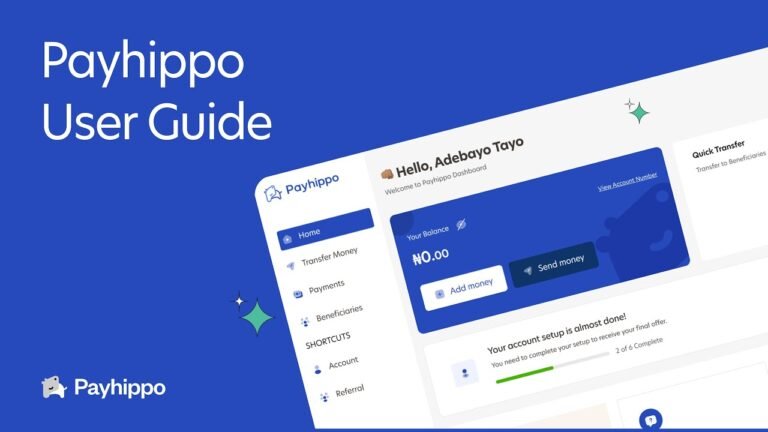M-Pesa has truly revolutionized the financial landscape in Africa since it first launched.
Introduced in 2007 by Safaricom in Kenya, M-Pesa has become a household name synonymous with mobile payments and financial inclusion.
This groundbreaking platform allows users to effortlessly send and receive money, pay bills, and access a variety of financial services directly from their mobile phones.
As of 2024, M-Pesa proudly serves over 66 million users and processes transactions exceeding $314 billion annually across multiple African countries.
In this article, we’ll take a deep dive into M-Pesa, exploring its key features, valuation metrics, funding sources, investors, competitive positioning, and future prospects.
Key Features of M-Pesa
M-Pesa’s remarkable success stems from its robust features tailored to meet the needs of both banked and unbanked populations. The features include:
1. Accessibility and Inclusivity
M-Pesa was designed with the goal of bridging the gap between those who have bank accounts and those who do not.
By functioning on basic mobile phones, it promotes financial inclusion for individuals who may lack access to traditional banking services.
2. Core Services Offered
This platform provides a wide range of essential services:
- Sending and receiving money both locally and internationally.
- Paying bills for utilities and other services.
- Purchasing goods from various merchants.
- Accessing loans and savings products through services like M-Shwari.
3. User Experience
M-Pesa prioritizes user experience with a simple registration process at authorized agents.
Users can secure their transactions with PIN codes and receive instant SMS confirmations for added security.
4. Agent Network
With over 40,000 agents across Kenya alone, M-Pesa has built an extensive network that plays a vital role in facilitating cash deposits and withdrawals, ensuring accessibility even in remote areas.
5. Security Measures
To protect user data and ensure safe transactions, M-Pesa employs advanced security protocols such as encryption and authentication measures.
Read Next: Paga Review: What it Means, how it Works, Requirements & Alternatives
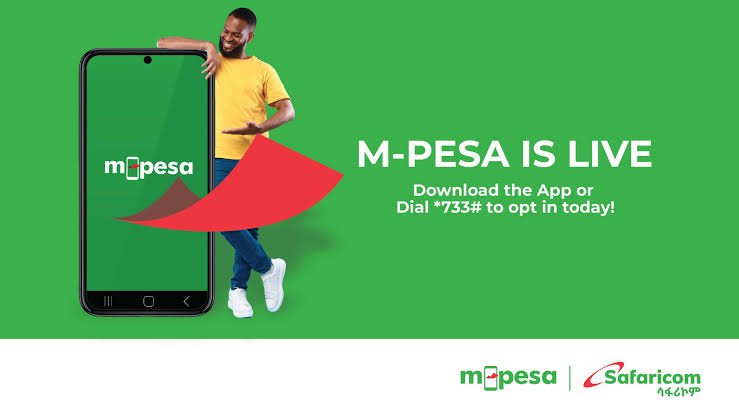
Valuation of M-Pesa
To understand M-Pesa’s valuation, we need to look at its financial performance metrics and market positioning.
1. Financial Performance Metrics
M-Pesa has shown impressive growth over the years. For instance, it reported a year-over-year revenue increase of 19.5% in FY 2024, with total transaction volumes surpassing $314 billion annually.
The average revenue per user (ARPU) also witnessed significant growth, highlighting the platform’s increasing importance in everyday transactions.
2. Market Positioning
When compared to other mobile wallets like PayPal and Google Pay, M-Pesa stands out due to its unique advantages.
Its extensive reach across Africa and profound social impact through financial inclusion initiatives give it a competitive edge that is difficult to replicate.
M-Pesa’s Funding Sources and Financial Backing
M-Pesa’s journey has been bolstered by various funding sources that have fueled its expansion and innovation.
1. Initial Funding
During its pilot phase, M-Pesa received initial funding from the UK’s Department for International Development (DFID).
This support was crucial in establishing M-Pesa as a viable mobile money service in Kenya.
2. Ownership Structure
Safaricom holds a significant stake in M-Pesa while being part of a joint venture with Vodafone Group and Vodacom since early 2020.
This partnership has enabled strategic investments in technology and infrastructure.
3. Investment Strategies
Ongoing investments are made in innovation, infrastructure development, and partnerships to enhance service offerings.
This commitment to growth ensures that M-Pesa remains at the forefront of mobile financial solutions.
M-Pesa’s Key Investors and Stakeholders
Understanding who is involved with M-Pesa provides valuable insight into its operational dynamics.
1. Safaricom’s Stakeholders: The Kenyan government owns a 35% stake in Safaricom, which influences regulatory support for M-Pesa. This relationship fosters an environment conducive to growth within the mobile money sector.
2. Partnerships with Financial Institutions: M-Pesa collaborates with major banks and financial institutions to facilitate seamless transactions and international remittances. Partnerships with entities like Western Union have solidified its position as a leader in cross-border payments.
Read Next: Exploring Kuda’s Features: What Makes It Unique?
What is M-Pesa’s Competitive Landscape Like?
The competitive landscape surrounding M-Pesa is dynamic yet challenging.
1. Market Competition: M-Pesa faces competition from various fintech solutions emerging throughout Africa. Companies like Airtel Money and Orange Money are vying for market share, pushing M-Pesa to continuously innovate.
2. Challenges Faced by M-Pesa: Despite its success, M-Pesa encounters several challenges including regulatory hurdles, cybersecurity threats, and competition from new fintech entrants offering similar or enhanced services.
Future Prospects of M-Pesa
Looking ahead, M-Pesa is well-positioned for further growth through strategic expansion plans and innovative initiatives.
1. Expansion Plans: M-Pesa aims to reach new markets across Africa where mobile banking is still developing. Countries like Ethiopia represent significant opportunities for growth due to their large unbanked populations.
2. Innovation Initiatives: The company is focused on creating new financial products based on user data and feedback. This approach not only enhances customer satisfaction but also drives user engagement on the platform.
Conclusion
M-Pesa has made a profound impact on financial inclusion across Africa by providing accessible mobile money services to millions who previously lacked such options.
Its evolution from a simple money transfer service to a comprehensive financial platform showcases its adaptability in an ever-changing digital landscape.
As it continues to innovate and expand into new markets, M-Pesa is set to play a crucial role in shaping the future of mobile payments not just in Africa but around the globe as well.
Frequently Asked Questions
1. What is M-Pesa?
M-Pesa is a mobile money service launched by Safaricom in Kenya that allows users to send money, pay bills, and access various financial services using their mobile phones.
2. How does M-Pesa promote financial inclusion?
By providing accessible financial services via mobile phones, especially targeting unbanked populations who may not have access to traditional banking facilities.
3. What are some key features of M-Pesa?
Key features include accessibility on basic mobile phones, an extensive agent network for cash transactions, secure transaction processes using PIN codes, and various core services like money transfers and bill payments.
4. What are the future prospects for M-Pesa?
Future prospects include expanding into new markets across Africa and developing innovative financial products based on user feedback to enhance service offerings further.


